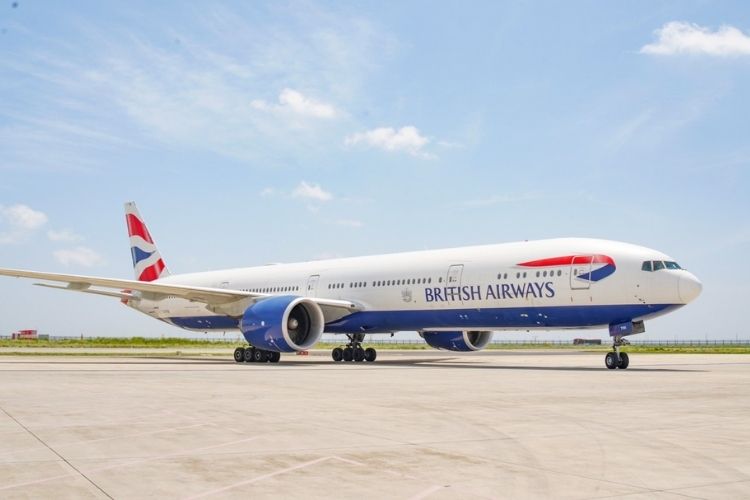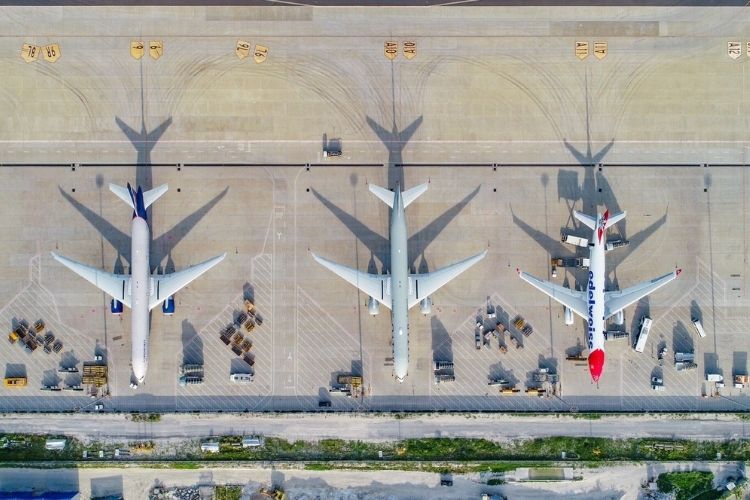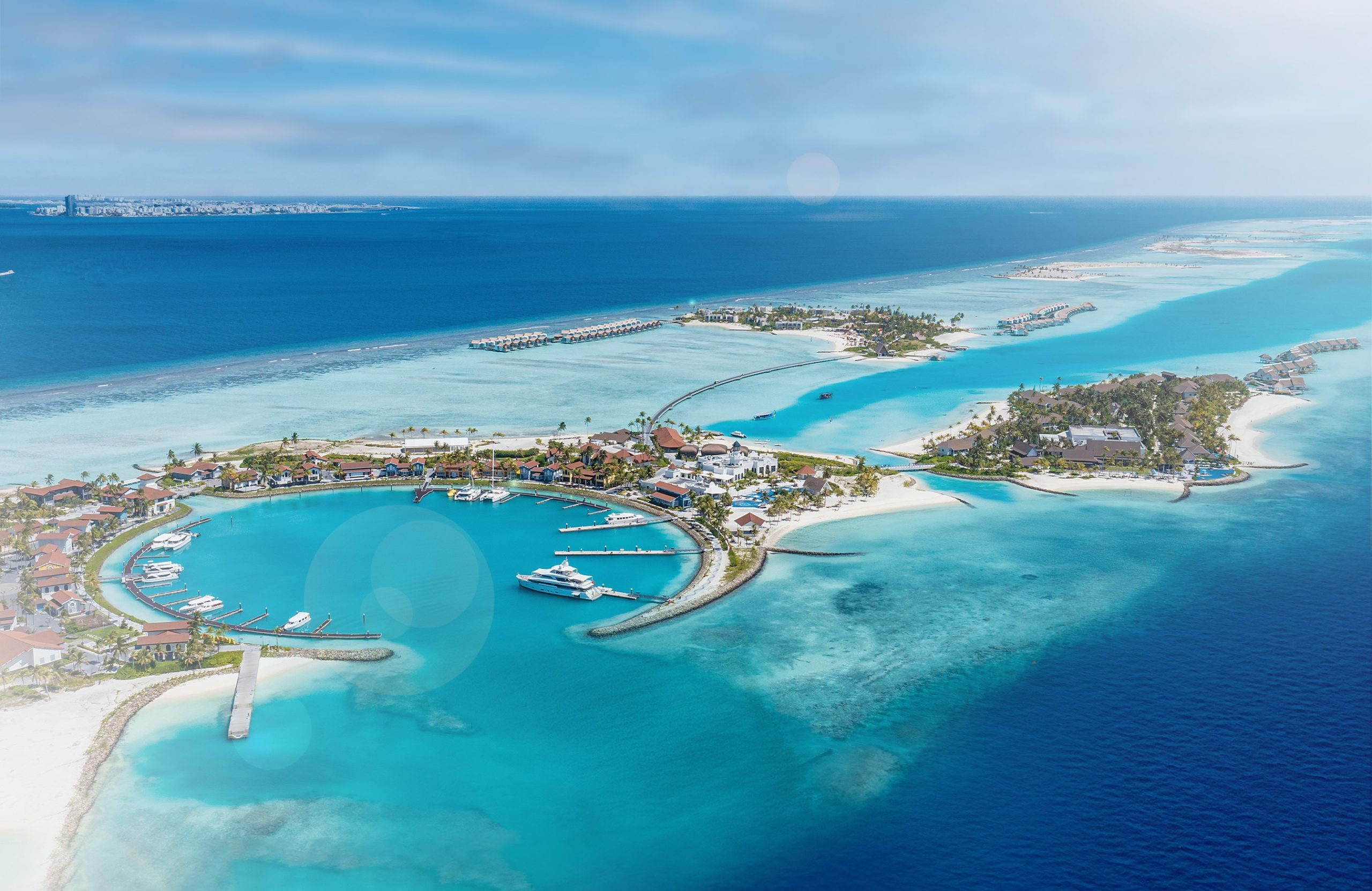The tide of Maldives’ tourism industry is changing. Now, more airlines have announced their plans to resume flights to the Maldives in coming months. Meanwhile, more resorts in the Maldives are reopening. And guesthouses have also reopened their doors. The island nation has also taken up safety measures to new levels. Thus, it’s a high time for the country’s tourism industry once again, as it’s on road to recovery.
For travellers, accessing the island nation will become even easier with the resumption of these airlines in the upcoming months. If you trust in the unparalleled safety measures the Maldives offers, it really is the time to plan your getaway.
Airlines to Resume Flights to the Maldives on October 2020
Nordwind Airlines: The Russian leisure airline Nordwind resumes operations today, 27th October 2020. The airline will operate a flight on every Tuesday and Friday to Velana International Airport from Sheremetyevo Alexander S. Pushkin International Airport.
FlyDubai: FlyDubai will resume its operations today, 27th October 2020. The airline will operate 4 flights from Dubai itself. These 4 flights will fly to the Maldives on Tuesdays, Thursdays, Fridays, and Saturdays.
Lufthansa: The largest German airline will restart operations to the Maldives on 28th October 2020. The airline will operate 2 flights per week. Likewise, these flights will operate on Wednesdays and Sundays.
GoAir: From three cities of India, GoAir will resume flights to the Maldives on 31st October 2020. The three cities include; Mumbai, Delhi, and Bangalore. Furthermore, the airline will use its A320 aircraft for Maldives operations.
Airlines to Resume Flights to the Maldives on November 2020
Azur Air: The Russian airline will operate flights three times a week from Vnukovo International Airport. Furthermore, these flights will operate to the Maldives on Wednesdays, Saturdays and Sundays.
China Southern Airlines: The Airline will operate flights from Guangzhou, China to Male’. And the operations will commence on 29th November 2020.
Airlines to Resume Flights to the Maldives on December 2020
Air Seychelles: Air Seychelles revealed to start flights from Johannesburg to the Maldives. The airline will operate flights every Friday night from Johannesburg to the Maldives for 6 weeks.
Silk Air: The regional wing of Singapore Airlines will operate flights to the Maldives from 1st December 2020. Flights will operate on Tuesdays and Saturdays. In addition to that, Silk Air will use its Boeing 737-800 for Maldives operations.
Airlines Currently Operating to the Maldives
Austrian Airlines: Austrian Airlines commenced operations to the Maldives on 25th October 2020. The airline operates direct flights from Vienna, Austria to the Maldives. Flights will fly twice-a-week to the island nation in mid-December, conceding with the festive season
Aeroflot: The flag carrier of Russia resumed its operations to the Maldives on 11th September 2020. The airline has increased its flight frequency yesterday, 26th October 2020. Thus, Aeroflot will fly 4 flights a week to the Maldives on Fridays, Sundays, Mondays, and Saturdays.

Image: Velana International Airport
Emirates: Emirates has also recently increased its flight frequency to the Maldives. The airline now operates 10 flights per week to the island nation. According to figures from the Maldives Tourism Ministry, Emirates brought in 13,379 passengers to the Maldives (as of 18th October 2020) since the border reopening. Thus, making Emirates the airline that has brought the highest number of passengers to the Maldives since the borders reopened.
British Airways: British Airways commenced its operations to the Maldives on 17th October 2020. The airline flies 3 flights a week from London Heathrow.
Air India: Neighboring India’s flag carrier brought in 903 passengers to the Maldives as of 18th October 2020, since the borders reopened. Air India is operating flights to the Maldives as a part of the Air Bubble between India and the Maldives.
Also read: Maldives and India Creates First Air Bubble in South Asia
Edelweiss: The swiss airline is flying directly from Zurich to Velana International Airport. Furthermore, according to the figures form Tourism Industry, Edelweiss brought in 142 since border reopening, as of 18th October 2020.
Etihad Airways: The second flag carrier of UAE brought in 886 passengers to the Maldives with 72 flight movements as of 18th October 2020. Etihad is operating its 136-seater A320 to the Maldives.
Indigo: The low-cost airline resumed flights to the Maldives on 15th October 2020. However, the airline has been operating flights to the Maldives as a part of the India-Maldives Air bubble as well.
Qatar Airways: Qatar airways was the first carrier to resume operations to the Maldives upon border reopening. The airline has brought in a total of 13,250 passengers with 192 flight movements since the border reopening (as of 18th October 2020).
Spicejet: Another Indian low-cost airline, Spicejet been operating flights to the Maldives. The airline brought in 274 passengers since the border reopening, as of 18th October.
SriLankan Airlines: The flag carrier of Sri Lanka is operating 7 flights a week to the Maldives. In addition to that, SriLankan Airlines has connected London, Paris, Frankfurt and Milan to the Maldives.
Turkish Airlines: The flag carrier of Turkey has brought in 2,160 passengers to the Maldives since the border reopening (as of 18th October 2020).
So, is an airline from your country operating to the Maldives? In addition to these airlines, Italy’s leisure airline, Neos is set to commence operations to the Maldives as well. More airlines are also expected to announce their plans to start operations to the Maldives in the coming weeks.

Image: Velana International Airport
Also read: The Maldives Allows Split Stay in all Tourist Establishments
If you have plans to visit the Maldives, remember you need a PCR test, taken 96 hours before your arrival in the Maldives. You should submit the results when you fill the Traveler Health Declaration Form. This form can be submitted via the Maldives Immigration website. Furthermore, with split stay between tourist facilities now allowed, you can actually spend your holiday on different islands in the Maldives.
COVID-19 has had a huge (negative) impact on the tourism industry of the Maldives. But, arrivals are now picking up at a steady pace. And with these airlines now resuming operations, tourist arrivals are expected to increase even further.
Feature image by Velana International Airport







